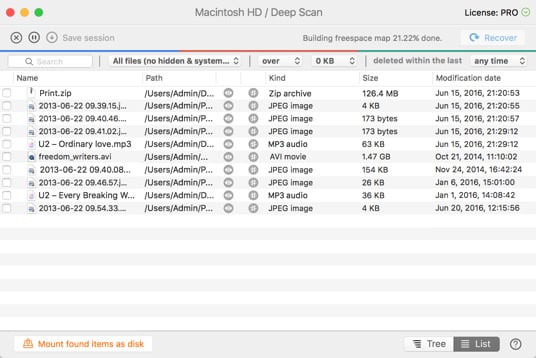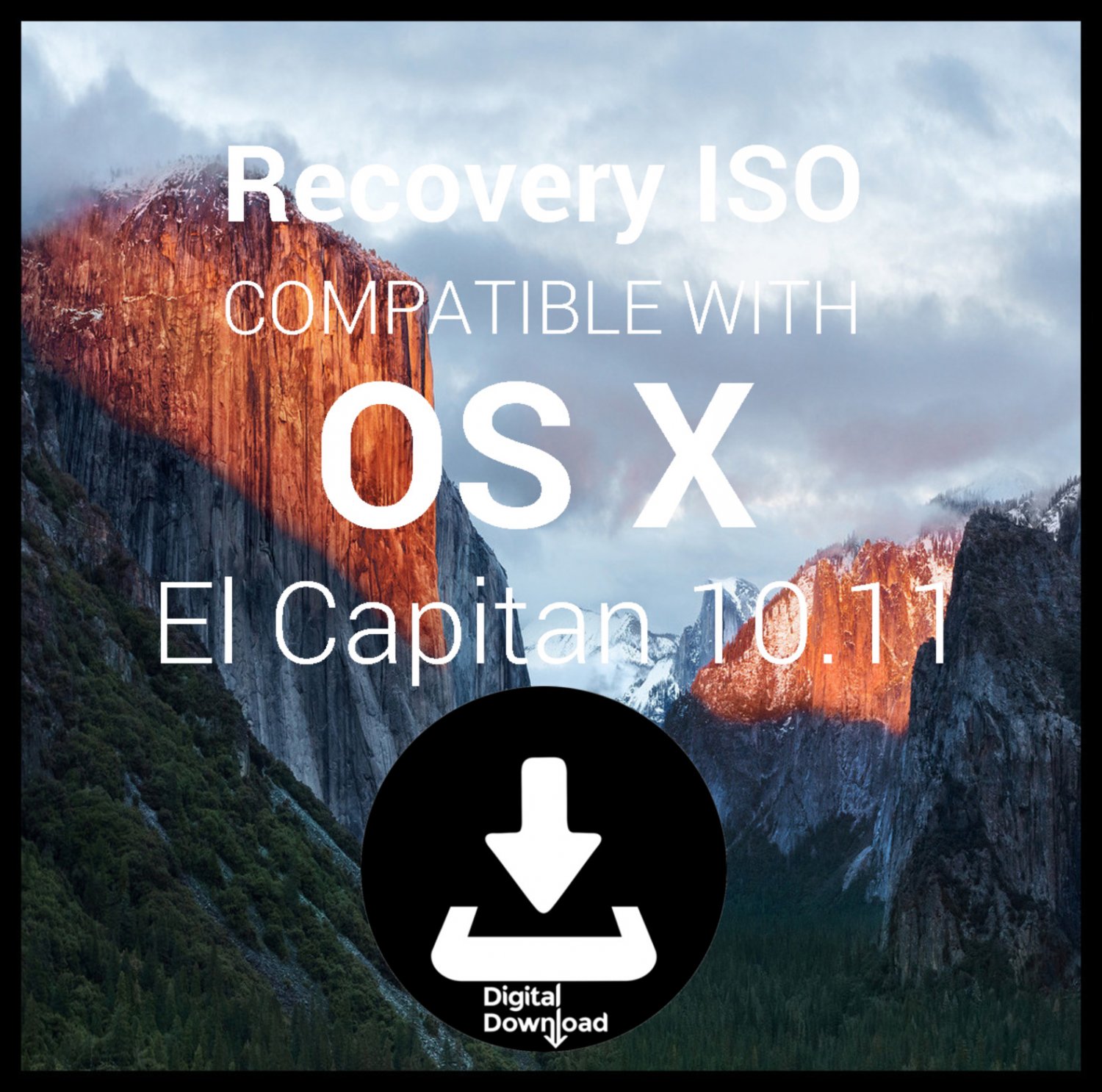

The simplest solution is to put an external USB drive or SD card into service using the OS X Recovery Disk Assistant. However, if your Mac is not online, or if you’ve upgraded an older Mac to Yosemite, that method won’t work. This recovery system is stored on a hidden partition on your Mac’s hard drive - but what if something happens to your hard drive? Well, if your Mac can’t find the recovery partition but it’s connected to the Internet via either Wi-Fi or a network cable, it’ll start the OS X Internet Recovery Feature. Start your Mac and hold Command + R to go into recovery mode, from which you can start Disk Utilities, restore from a Time Machine backup, or perform a clean install.

OS X 10.7 Lion did away with recovery disks, and these days, Apple provides a built-in recovery system within Yosemite.


 0 kommentar(er)
0 kommentar(er)
